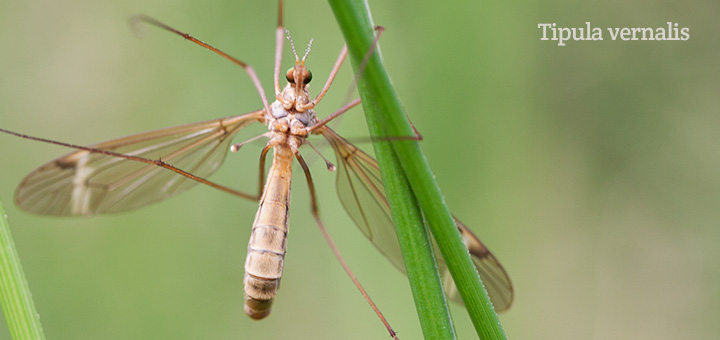
Like it or not, if you want to get serious about identifying bugs you’re going to have to learn a bit of Latin. Or is that Greek?
Finding out something’s name is obviously the prime objective of identifying an insect, but why does it have to have a fancy name? Why isn’t it ok to call any old blue fly a ‘bluebottle’ or refer to a crane-fly as a ‘daddy-long-legs’? Well, for one thing there are loads of blue flies and the one you’ve photographed could be any of several species. And for another, some people call a harvestman a ‘daddy-long-legs’. So to avoid confusion, all living things when classified in the science world are given a binomial name – that is a name made up of the genus followed by the species (the genus always has a capital letter and the species a lower-case initial letter) which looks like this:
So how do we get to the binomial name? Well, things in nature are classified in a series of stages, known as ranks, going from very general to specific to one organism – each rank reflecting more precise relationships and characteristics between organisms. This system of classification is known as taxonomy and the main ranks are:
There are other ranks – sub class, sub species, division, tribe to name a few and for a fuller guide to taxonomy try wikipedia.org/wiki/Taxonomic_rank. But for the moment here’s an illustration of how the rankings work:
All insects, as well as mammals, birds, sponges and so on, fall into the Animal kingdom. The animal kingdom is then divided into phyla and insects are part of the Arthropoda phylum – along with lobsters, spiders, centipedes and a few others. What they have in common is their skeletons are on the outside of their body (known as an exoskeleton) and they have jointed limbs, among other things. The sub phylum of Hexapoda (things with six legs) then breaks down into classes and insects form, no surprise here, the Insecta class. Below Insecta class come the sub classes Apterygota (wingless primitive insects) and Pterygota (winged insects). The Pterygota has two divisions – Exopterygota (whose young, or nymphs, are like miniature versions of the adult) and Endopterygota (whose young, or larvae, are completely different and change into the adult – a process known as metamorphosis).
Still with me?
OK, next there are between 26 and 29 orders of insect. For example, the order of Diptera contains insects that only have two wings (in fact di-ptera means ‘two-wing’) and the order of Lepidoptera has all the butterflies and moths (lepido-ptera means ‘scale-wing’).
Let’s stick with Diptera, or true flies, from now on…
The order of Diptera has three sub orders – Nematocera (thread-horns), Brachycera (short-horns) and Cyclorrhapha (circular-seamed). [Or, at least it used to! As ever the boffins have been buggering about with classifications, but let’s stick with the old system as it still illustrates the point…] Nematocera, to pick one, then breaks down into several families. Our above mentioned crane-flies are members of the Tipulidae family of thread-horns (you can tell when a family is being referred to because the name will end in –idae) and all have a v-shaped groove in their thorax and no ocelli – primitive eyes common to many other insects. The sub family of Tipulinae (again, sub families can be recognised by the –inae ending) comes next and splits further into genera. Many crane-flies fall into the Tipula genus and a typical one is Tipula oleracea, oleracea being the species. And although almost identical to Tipula paludosa – pretty much only differing in the number of segments in their respective antennae – T.oceracea can only ever successfully mate with another T.oceracea and that’s what defines it as a species.
It’s probably worth pointing out that occasionally you’ll see trinomial names such as Parage aegeria tircis (a pale marked form of the speckled wood butterfly) and the tircis indicates a sub species. You may also see a name like Volucella bombylans var. plumata (a hoverfly that mimics bumblebees) which indicates a variation of the species. Both sub species and variations can interbreed but will have superficial differences between each other.
To be honest, it doesn’t really matter if the above makes sense to you or not at the moment. The only important thing here is that you get used to using binomial (or trinomial) names to identify specific insects.


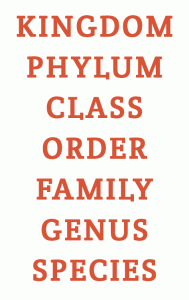
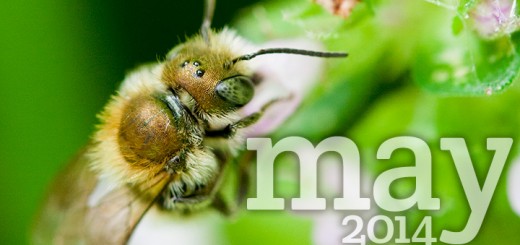
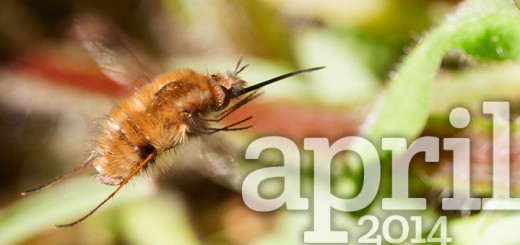
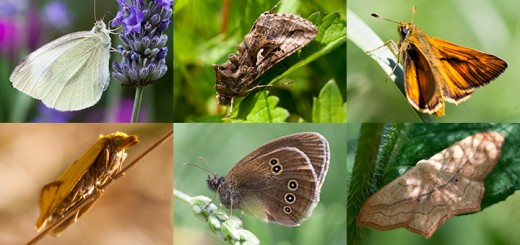
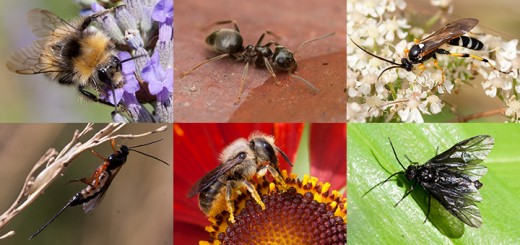
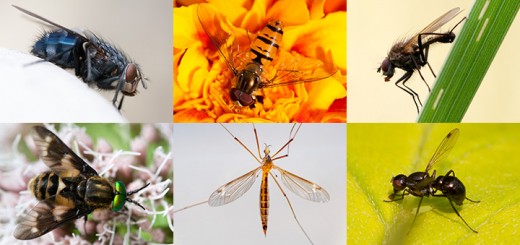
Recent Comments